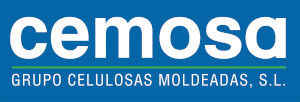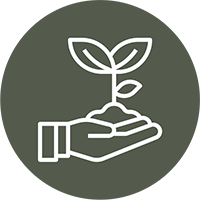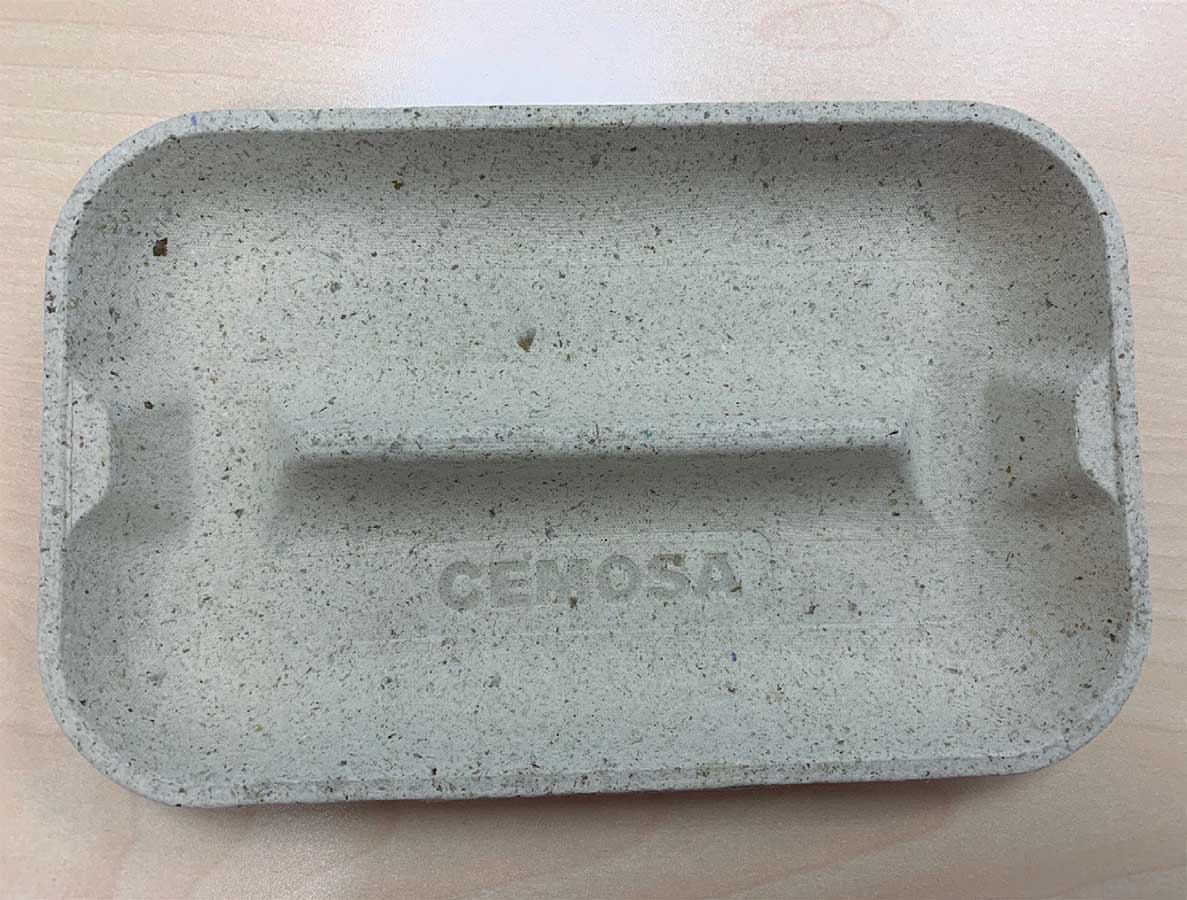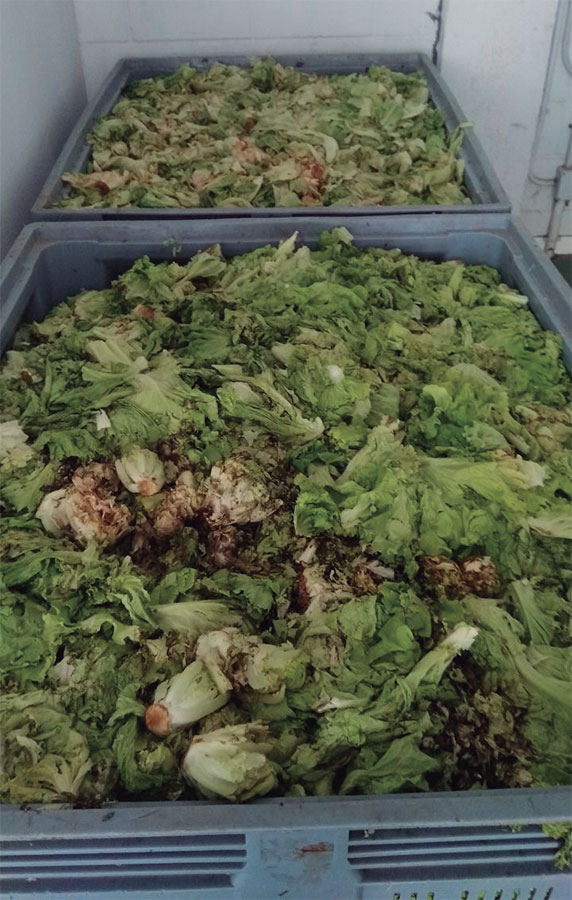LANDARE
USE OF PLANT RESIDUES IN THE MANUFACTURE OF CONTAINERS AND PACKAGING
THE PACKAGING INDUSTRY IS CONTINUOUSLY SEARCHING FOR NEW MATERIALS to extend optimal food preservation conditions, avoid food waste, and replace materials that are less sustainable or appropriate for market situations. CEMOSA, the company developing LANDARE, focuses its activity on the transformation of cellulose from paper waste, but the paper market and the quality of the materials received at the plant (around 10-15% impurities) do not offer great stability; in addition, to the progressive decrease in the use of higher quality paper due to the emergence of new technologies. Being able to use alternative materials offering greater diversity of raw materials and a signifi cant improvement in the environmental footprint is of very high interest. On the other hand, FELTWOOD has developed an innovative technology to transform agricultural plant waste into materials made exclusively from plant fibres that are fully compostable, using waste from agricultural processes, and that produce a reusable fertiliser as a by-product. The circular economy consultancy ZICLA has also participated in LANDARE.

 OBJECTIVES
OBJECTIVES
- Define and coordinate a value chain that demonstrates the technical, environmental and economic feasibility of processing agricultural vegetable waste to produce different types of packaging without making significant changes to the GCM moulding process.
- Obtain vegetable waste derived from cultivation or packaging of vegetables (lettuce, artichoke, tomato and courgette plants, etc.) from Basque and Navarre producers.
- Transform waste into material for packaging manufacturing, replacing the current destination of agricultural waste (composting and uncontrolled animal feed or landfi ll) with a more efficient and value-added process.
- Produce and characterise containers and packaging with a low environmental footprint from the materials obtained, measuring physical-mechanical properties, checking food compliance and even exploring certification possibilities (biodegradability, etc.).
- Launch new containers and packaging on the Basque market as products with low environmental footprint and with the same technical characteristics as other packaging materials, and study market response.
 RESULTS
RESULTS
- Estimated generation of viable waste for the work sought of 35,000 tonnes per year in the Basque Country and Navarre.
- Tested feasibility of transforming this waste into raw materials using FELTWOOD’s patented process.
- Defined specifications to be met by intermediate raw materials to go into industrial production successfully.
- Prototyping of trays with subsequent industrial production testing and market validation. The trays obtained have yielded positive results.
- Potential to replace 875 tonnes of recycled paper per year with agricultural waste, resulting in 437.5 tonnes of stimulating fertiliser.
- Potential savings of 365 tonnes of CO2 equivalent per year, even compared to a process already using recycled materials as a raw material.
 CONCLUSIONS
CONCLUSIONS
- Industrially-viable concentrations of agricultural waste can be achieved in moulded fi bre manufacturing.
- The technology has yet to be scaled up to industrial design and improved to increase the percentage of agricultural waste in new moulding mixes.
- The costs of pre-processing waste to obtain valid raw materials in the production process are high and prevent industrial implementation, at least for the time being.
ENVIRONMENTAL
TECHNICAL
ECONOMIC
COMMERCIAL
ON THE MARKET





